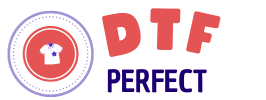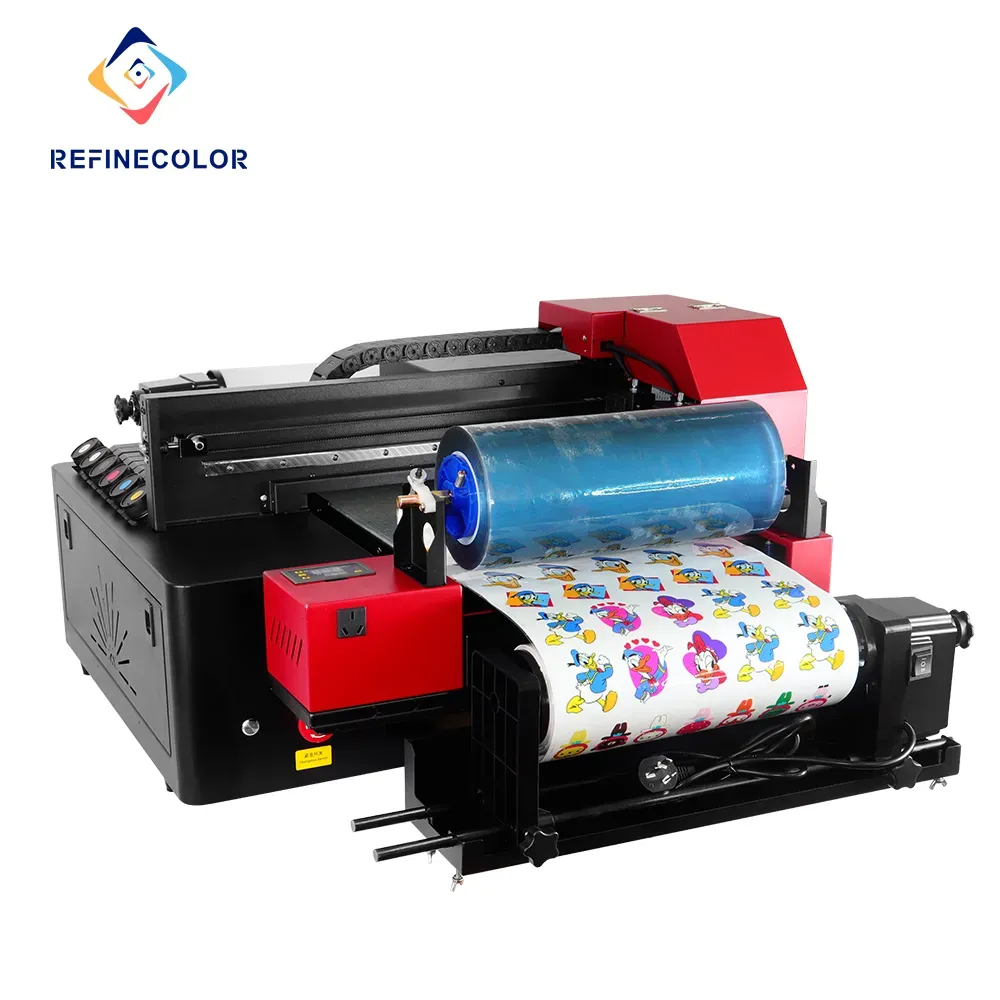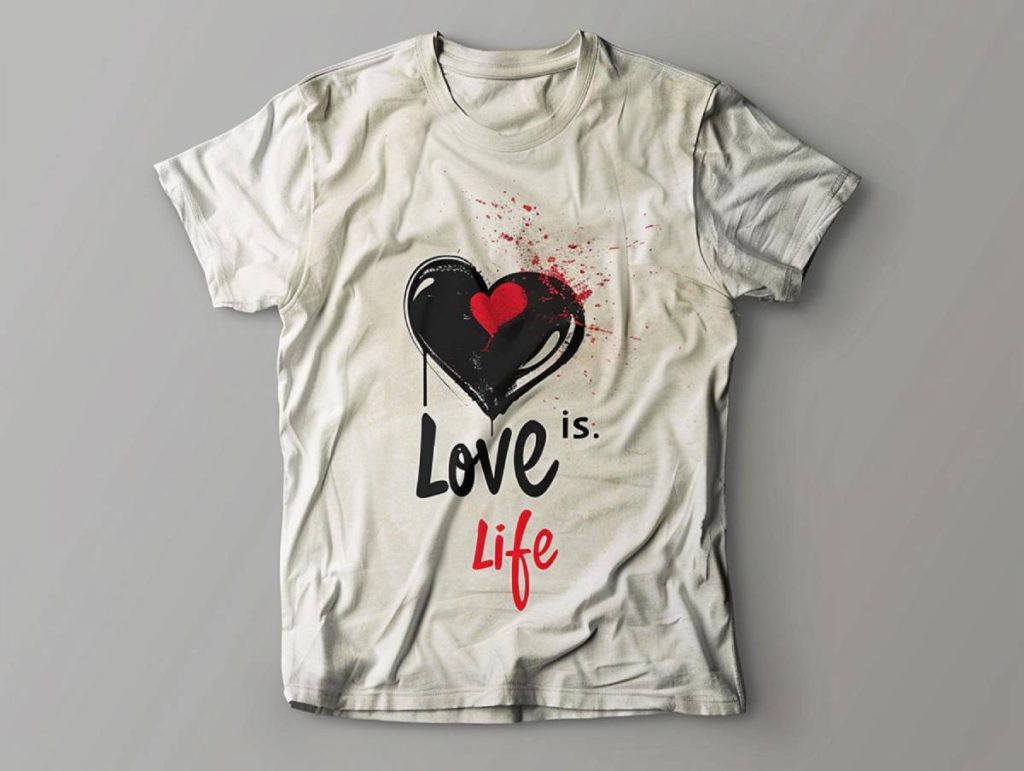In the dynamic world of printing, UV DTF, or Ultra-Violet Direct to Film, stands out as a revolutionary technology that is transforming the industry. This innovative method uses ultraviolet light to quickly cure inks onto film substrates, resulting in high-quality prints that boast vibrant colors and intricate details. With an increasing demand for sustainable printing technologies, businesses are turning to UV DTF for its eco-friendly ink options, which emit fewer volatile organic compounds during the printing process. By utilizing direct to film printing, manufacturers can produce custom prints that align with market trends while meeting tight production schedules. As we explore the advantages of UV DTF technology, it becomes clear how crucial it is for creating stunning visuals in today’s competitive environment.
UV Direct to Film printing, often referred to as UV DTF, is leading the way in modern printing solutions. This approach, which employs ultraviolet light for rapid ink curing on film, is opening up new avenues for high-resolution graphic applications. Similar technologies such as direct to substrate printing and eco-conscious ink formulations are gaining traction, as businesses prioritize both quality and sustainability. The flexibility of materials compatible with this method expands creative possibilities for custom print projects, appealing to diverse industries. As we delve deeper into the mechanics and benefits of UV DTF, it’s evident that this technology is redefining how we think about print production.
The Advantages of UV DTF Printing
UV DTF printing offers remarkable advantages that set it apart from traditional printing methods. One of the most significant benefits is the unparalleled image quality it delivers. Utilizing ultraviolet light to cure inks instantly leads to vibrant colors and crisp details, which are essential for creating high-quality prints. This process eliminates the tedious drying times often associated with other printing technologies, allowing businesses to produce stunning visuals quickly and efficiently.
Moreover, the ability of UV DTF to work on various substrates expands its application beyond what traditional methods can offer. From textiles and plastics to metals and wood, UV DTF adapts to numerous materials, making it an ideal choice for custom prints. This adaptability not only enhances creativity but also opens new avenues for businesses looking to diversify their product offerings and appeal to a broader audience.
Material Versatility in UV DTF
One of the standout features of UV DTF technology is its impressive material flexibility. This versatility allows businesses to create custom prints on a wide array of surfaces including fashion apparel, promotional products, and bespoke home decor. The ability to print directly onto various materials means that companies can cater to specific client needs and deliver personalized items that stand out in today’s competitive market.
Companies that leverage the diverse applications of UV DTF can innovate their product lines and enhance their market presence. The technology not only accommodates conventional materials but also pioneers the use of innovative substrates, empowering creators to explore uncharted territories in design and functionality.
Sustainable Benefits of UV DTF Technology
In an era increasingly defined by environmental consciousness, UV DTF technology presents a sustainable alternative to traditional printing methods. Unlike solvent-based inks that release harmful volatile organic compounds (VOCs), UV inks used in DTF processes produce minimal emissions, thereby reducing the carbon footprint. Businesses looking to bolster their eco-friendly initiatives can utilize this technology to align their operations with sustainable printing practices.
Furthermore, UV DTF printing promotes waste reduction as it allows for on-demand production with lower setup times. Such efficiency not only diminishes material waste but also supports inventory management, enabling businesses to operate more sustainably without compromising on the quality of their custom prints.
Cost-Effectiveness of UV DTF Printing
When it comes to cost efficiency, UV DTF technology shines brightly. By minimizing waste and optimizing production processes, businesses can lower their operational costs significantly. With the capability to print on-demand, companies reduce the need for large inventory stocks, allowing for more strategic and financially sound decision-making.
Additionally, the swift setup and turnaround times associated with UV DTF enhance profitability for businesses. This efficiency allows for quicker fulfillment of customer orders, giving companies a competitive edge in rapidly changing markets where speed and quality are paramount.
Market Trends Shaping UV DTF Adoption
The demand for UV DTF technology has surged as consumers increasingly seek personalized products and quick turnaround times. This trend is particularly evident in fashion and promotional industries, where the ability to efficiently produce bespoke items has become a vital aspect of business strategy. As companies adapt to this growing expectation, UV DTF technology emerges as a key player in meeting market demands.
Moreover, enhanced consumer awareness regarding product quality has catalyzed the adoption of UV DTF. Brands aiming to ensure customer satisfaction recognize the need for high-quality, durable prints, making the capabilities of UV DTF a fascinating focal point for modern enterprises.
Innovations Propelling UV DTF Technology Forward
The landscape of UV DTF technology is continually evolving, with innovations driving its capabilities further. Advanced printing equipment specifically designed for UV DTF applications is enhancing production speeds while improving the quality and robustness of prints. Such developments enable businesses to explore multi-layer printing capabilities, adding unique textures and effects that align with contemporary design trends.
In addition to technological advancements, a growing number of training resources and programs are emerging to equip companies with the skills needed to adopt UV DTF effectively. These resources focus on maintenance, optimization, and design strategies that leverage the strengths of the technology, ensuring that businesses maximize their investment and production potential.
Frequently Asked Questions
What are the advantages of UV DTF printing compared to traditional printing methods?
UV DTF printing offers several advantages over traditional methods, including enhanced image quality with vibrant colors and crisp details, the ability to print on a wide range of materials, and immediate curing of inks that eliminates drying time. Furthermore, UV DTF is more environmentally friendly due to lower emissions of VOCs, making it a sustainable printing technology.
Can UV DTF technology be used on different materials?
Yes, UV DTF technology is highly versatile and can be used on a variety of materials such as textiles, plastics, metals, and woods. This flexibility allows businesses to create custom prints for diverse applications, from fashion items to promotional products, making UV DTF an invaluable tool in modern printing.
How does UV DTF improve cost efficiency for businesses?
UV DTF improves cost efficiency by reducing waste and allowing for print-on-demand capabilities. The technology’s ability to deliver high-quality prints without lengthy setup times leads to quicker turnaround and lower production costs, enhancing profitability for businesses using UV DTF.
What role does UV DTF play in sustainable printing technologies?
UV DTF plays a significant role in sustainable printing technologies by utilizing UV inks that emit fewer volatile organic compounds (VOCs) compared to traditional solvent-based inks. This reduces environmental impact during the printing process, helping brands promote their eco-friendly practices while maintaining high-quality custom prints.
How is UV DTF technology evolving with recent innovations?
UV DTF technology is evolving with the introduction of advanced printing equipment that enhances printing speeds and allows for multi-layer capabilities. These innovations not only improve the quality and efficiency of prints but also enable unique textures and effects, aligning with current design trends in various industries.
Why is UV DTF technology gaining popularity in the printing market?
UV DTF technology is gaining popularity due to its ability to meet consumer demand for personalized and high-quality custom prints, along with its cost-effective production capabilities. As brands increasingly seek efficient methods to fulfill orders, UV DTF stands out in sectors like fashion and promotional products, driven by its versatility and effectiveness.
| Key Points | Description |
|---|---|
| Enhanced Image Quality | Produces high-quality prints with vivid colors and intricate details, reducing drying time. |
| Material Flexibility | Compatible with textiles, plastics, metals, and woods, making it versatile for various designs. |
| Environmental Benefits | UV inks emit fewer volatile organic compounds, offering a more eco-friendly printing option. |
| Cost Efficiency | Reduces waste and allows for print-on-demand, lowering production costs and enhancing profitability. |
| Market Growth | Increasing adoption driven by personalized products and demand for short-run prints across various sectors. |
| Recent Innovations | Advanced equipment is enhancing printing speeds and capabilities, with resources for training now available. |
Summary
UV DTF technology revolutionizes the printing industry by combining stunning visuals with practical applications. As it gains traction, businesses are leveraging its advantages to produce high-quality and customized products across a variety of materials. With its dramatic improvement in image quality, environmental benefits, and cost efficiency, UV DTF is swiftly becoming a vital tool for manufacturers and artists alike. The continuous advancements in equipment and training resources further amplify its potential, making UV DTF not just a trend but a significant evolution in modern printing practices.



